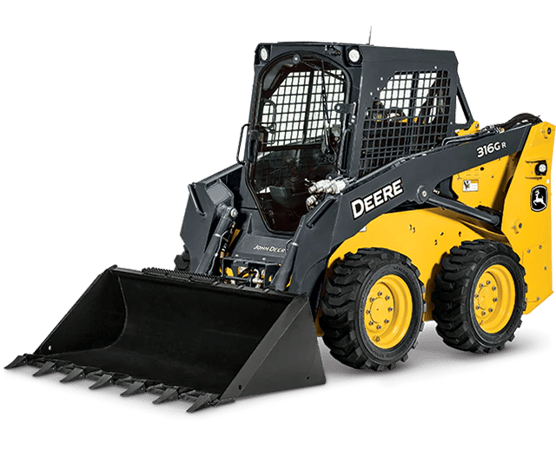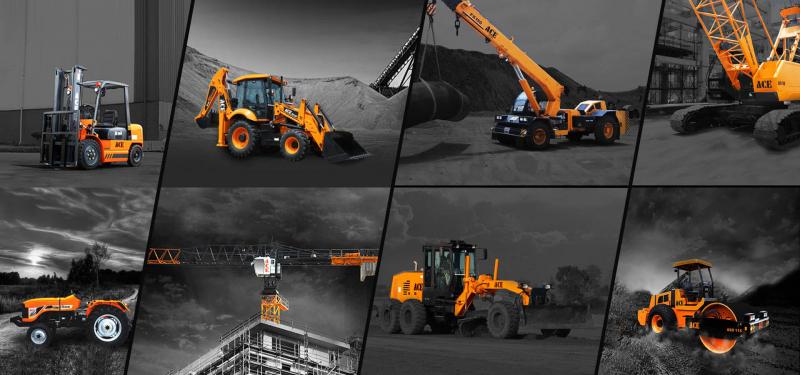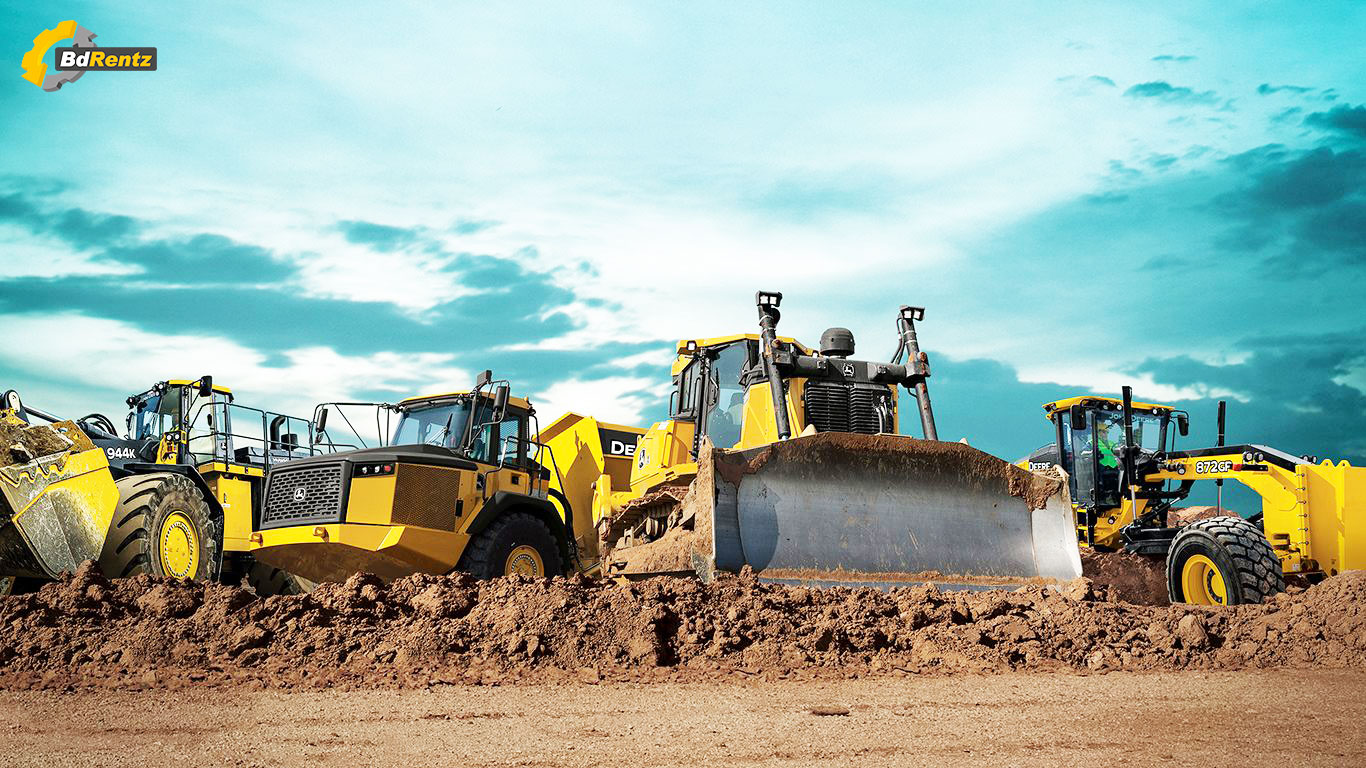Aerial Lift Rental: Versatile Lifting Solutions for High-Access Jobs
Aerial Lift Rental: Versatile Lifting Solutions for High-Access Jobs
Blog Article
Optimize Your Budget Plan by Recognizing the Prices Connected With Building Equipment Services
Understanding the full extent of costs connected with construction tools leasings is vital for optimizing your budget plan. What strategies can be employed to successfully handle these prices and guarantee a much more effective rental experience?
Overview of Rental Prices
When thinking about building devices rentals, recognizing the connected prices is vital for efficient budgeting and task planning. Rental prices can vary significantly based upon numerous elements, consisting of devices kind, duration of service, and place. The initial rental charge frequently mirrors the equipment's market need and its associated functional capabilities, affecting the total cost.
In enhancement to the base rental rate, secondary costs may arise, such as transportation costs, fuel additional charges, and maintenance fees. It is vital to represent these added expenditures to accurately evaluate the complete cost of leasing tools. The rental duration can impact pricing; longer leasings might qualify for reduced prices, while temporary rentals might incur higher day-to-day fees.

Failure of Rental Prices
An extensive understanding of rental rates is important for professionals and job managers intending to maximize their budget plans. Rental rates for building devices usually include several parts, consisting of base prices, time-based fees, and usage costs.
Base prices are the core costs related to the leasing of the equipment, often determined by the type and size of the equipment. These rates can vary significantly, affected by elements such as equipment need, accessibility, and regional market fads. Time-based fees, which might be daily, weekly, or monthly, offer to accommodate various job timelines and rental durations.
In addition, rental prices might include use charges, which are suitable when devices is utilized beyond a specified limit, making certain that the rental business can make up damage. Seasonal need fluctuations can additionally impact rental prices, with peak building seasons generally regulating higher rates.
Furthermore, recognizing the rental business's plans relating to upkeep and insurance coverage can provide additional understanding into the total cost framework. By analyzing these parts, professionals can make educated choices, guaranteeing the selection of rental devices straightens with both project needs and budget plan constraints.
Added Fees to Consider
Comprehending the complexities of extra costs is vital for contractors to manage their overall leasing expenditures properly. Past the standard rental rates, various supplementary fees can substantially affect the overall expense of directory devices service. These fees frequently include delivery and pickup charges, which can vary based on distance and logistics associated with delivering the devices to and from the task website.
Moreover, some rental companies may impose gas additional charges if the tools is returned with much less gas than when rented out. It is additionally necessary to be mindful of possible cleansing charges, especially for specific devices that requires comprehensive maintenance after usage.

Completely evaluating the rental agreement and making clear these extra costs ahead of time can assist specialists avoid unanticipated expenses and guarantee that budget plans continue to be intact throughout the task lifecycle.
Maintenance and Fixing Costs
Normal repair and maintenance costs are frequently neglected aspects that can considerably affect the overall expense of construction devices rentals. When leasing tools, it is important to consider not only the rental costs yet likewise the possible costs related to maintaining the machinery in ideal operating problem.
Numerous rental firms consist of basic upkeep as component of the rental contract; however, a lot more extensive repair work or unanticipated breakdowns can lead to additional costs. It's crucial to review the rental agreement thoroughly to understand what upkeep solutions are covered and what duties fall on the renter.
Moreover, devices that is not well-kept can bring about inadequacies on duty site, possibly causing delays and increasing job expenses. To minimize these threats, it is suggested to perform normal inspections and keep open communication with the rental like this supplier relating to any problems that develop throughout use.
Insurance Coverage and Obligation Costs
Insurance and liability costs are important components that can substantially affect the general expenditure of building equipment rentals (forklift rental). These expenses guarantee that both the rental company and the client are secured from potential financial losses emerging from mishaps, damage, or burglary throughout the rental period

Furthermore, clients must recognize any type of deductibles or exemptions in the insurance plan, as these can influence potential out-of-pocket costs. Understanding the terms of any kind of insurance protection is important to stay clear of unforeseen prices. Ultimately, budgeting for insurance coverage and liability costs can help make certain a smoother rental experience and shield versus monetary dangers connected with construction jobs.
Final Thought
In conclusion, a thorough understanding of the costs associated with building and construction tools services is necessary for efficient budget plan monitoring. Inevitably, notified decision-making concerning equipment services adds to the general success of construction endeavors.
Rental prices can differ considerably based on view it several factors, consisting of devices kind, period of leasing, and location (boom lift rental). The rental duration can affect pricing; longer services might qualify for affordable rates, while temporary leasings might sustain higher day-to-day fees
By performing detailed research study and involving with reputable rental business, contractors can properly navigate the intricacies of rental pricing, inevitably maximizing their monetary sources.
Beyond the basic rental prices, numerous supplemental costs can dramatically influence the total expense of tools rental. Rental firms often give liability insurance policy that covers injuries to third celebrations or damages to residential property, while equipment damage insurance coverage can cover the price of repair work or substitute if the rented out equipment is damaged.
Report this page